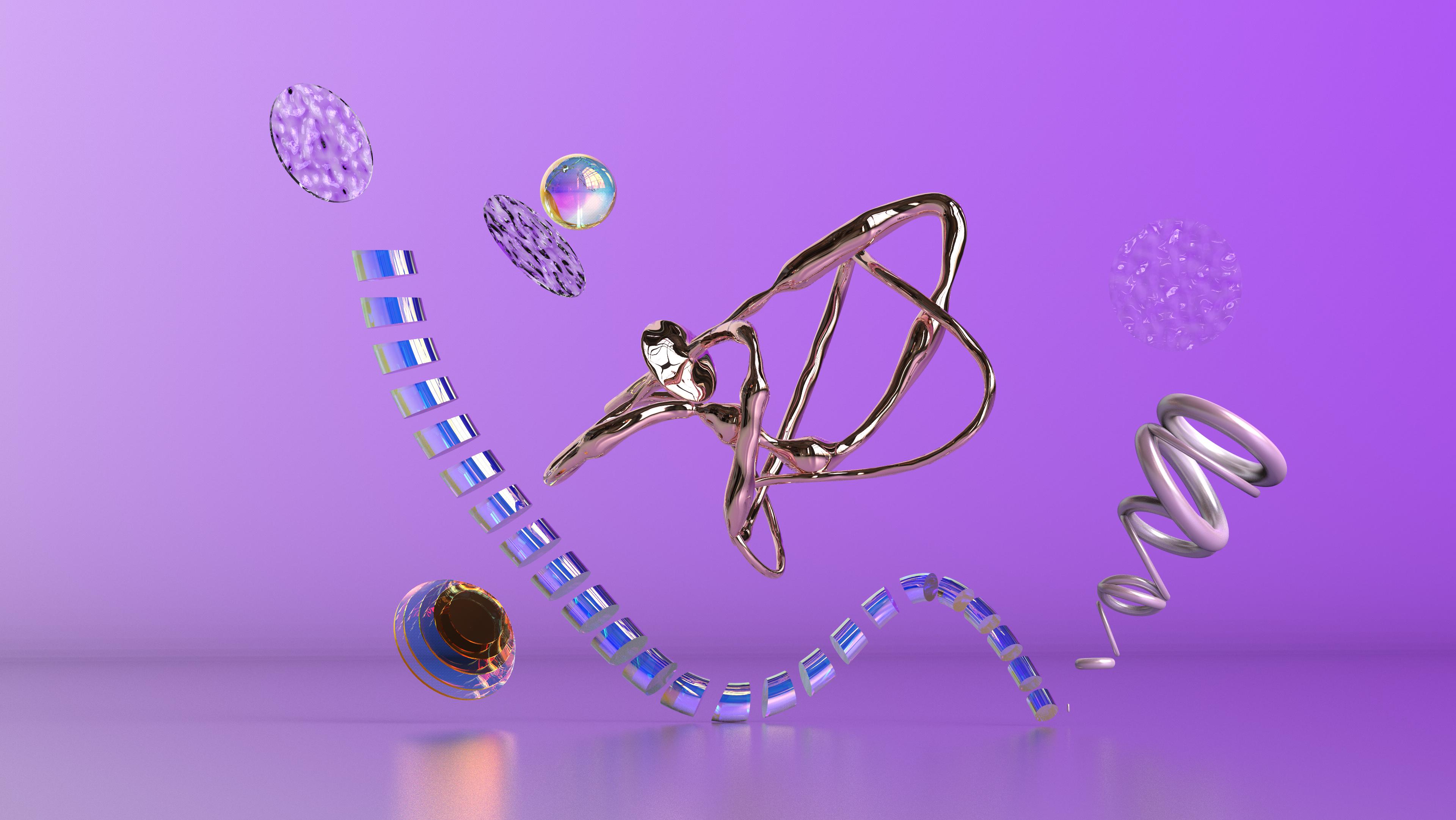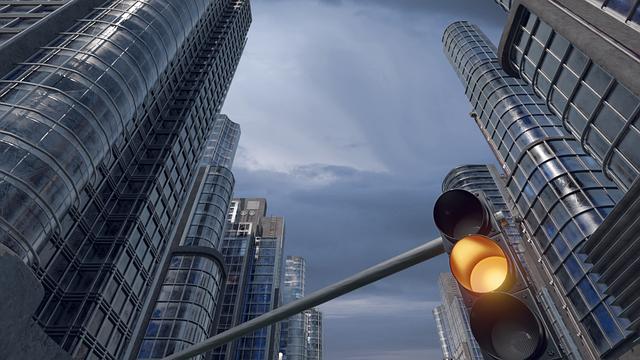In the dim glow of a cinema screen, audiences are whisked away to worlds both familiar and fantastical, where every detail whispers authenticity. Yet, behind these immersive landscapes lies the artistry of set designers, the unsung architects of cinematic reality. In an era where digital effects often steal the spotlight, the tactile magic of physical environments remains crucial, grounding stories in spaces that breathe and resonate. This article delves into the meticulous craft of set design, exploring how these creative visionaries blend imagination with practicality to conjure the believable worlds that captivate our senses in modern cinema.
Crafting Illusions: The Art of Realism in Set Design
In the realm of modern cinema, set designers are the unsung architects who transform scripts into tangible worlds. By meticulously crafting each element, they create environments that feel palpably real. Their work involves a delicate balance of artistry and technical skill, blending physical construction with digital enhancements to evoke authenticity. These artists often begin with thorough research, delving into historical, cultural, and architectural details to ensure accuracy. Whether it’s recreating a bustling 1920s New York street or an alien landscape, their dedication to realism is paramount.
- Attention to Detail: Every item, from the texture of a wall to the wear on a piece of furniture, contributes to the illusion of reality.
- Use of Technology: Advanced tools like 3D modeling and virtual reality help visualize and perfect the set before construction begins.
- Collaboration: Close work with directors, cinematographers, and costume designers ensures a cohesive and immersive visual narrative.
These experts craft not just a setting, but an experience, enabling audiences to suspend disbelief and dive fully into the story. Through their ingenuity, the line between fiction and reality blurs, drawing viewers deeper into the cinematic universe.

Material Magic: Choosing the Right Elements for Authenticity
In the art of set design, the choice of materials plays a pivotal role in crafting environments that resonate with authenticity. The magic lies in selecting elements that not only look genuine but also evoke the desired atmosphere. Natural materials like wood, stone, and fabric are often preferred for their inherent textures and colors, which lend a sense of realism that synthetic options might lack.
- Wood: Adds warmth and history, perfect for period pieces or rustic settings.
- Stone: Conveys strength and permanence, ideal for castles or ancient ruins.
- Fabric: Offers versatility, from opulent silks for regal chambers to worn linens for humble abodes.
Beyond the tactile qualities, the patina of age can be a crucial detail. Techniques such as distressing or weathering can transform new materials into convincingly aged artifacts, providing depth and backstory. This meticulous attention to detail ensures that every scene feels lived-in and believable, transporting audiences seamlessly into the narrative world.

Lighting the World: Techniques for Cinematic Atmosphere
Lighting is a cornerstone of cinematic storytelling, transforming a film’s atmosphere with subtle shifts in brightness and shadow. In modern cinema, set designers collaborate closely with cinematographers to harness the power of light, creating environments that feel both authentic and evocative. Techniques such as chiaroscuro, where stark contrasts between light and dark define the visual mood, are frequently employed to evoke mystery or tension. On the other hand, soft, diffused lighting can conjure warmth and intimacy, drawing viewers into the world on screen.
To achieve these effects, designers often utilize a combination of traditional and innovative tools:
- LED Panels: Versatile and energy-efficient, allowing for precise control over color temperature and intensity.
- Practical Lights: Everyday sources like lamps and candles that integrate seamlessly into the set, enhancing realism.
- Gobos and Filters: These shape and color the light, casting unique patterns and hues to enrich the visual narrative.
The interplay of these elements not only defines the look of a film but also its emotional resonance, making lighting an essential craft in the art of set design.

Digital Meets Physical: Integrating CGI with Practical Sets
In the ever-evolving landscape of modern cinema, the fusion of computer-generated imagery (CGI) with tangible set pieces has become a cornerstone of immersive storytelling. This marriage between digital and physical realms allows filmmakers to craft worlds that are both fantastical and believable. Set designers meticulously blend these elements, using their expertise to ensure seamless integration. By placing digital enhancements over practical sets, they create environments that captivate audiences while maintaining a sense of authenticity.
Key strategies employed by designers include:
- Textural Consistency: Matching CGI textures with real-world materials to ensure visual harmony.
- Lighting Integration: Utilizing lighting techniques that work cohesively across both digital and physical elements.
- Spatial Awareness: Designing sets with consideration for CGI elements, allowing them to interact naturally with physical structures.
By leveraging these techniques, set designers transform the screen into a canvas where the digital meets the tangible, crafting experiences that resonate with viewers long after the credits roll.

